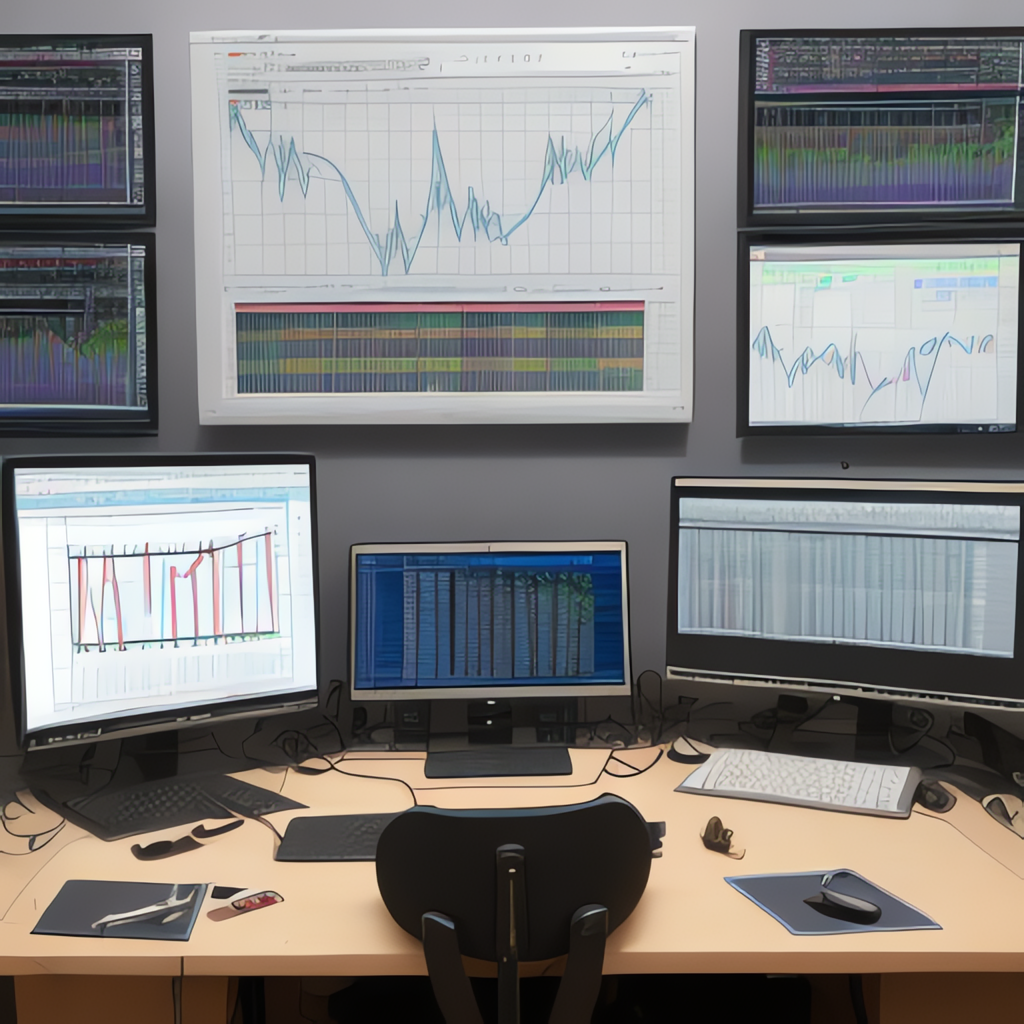In the data-centric world we inhabit, understanding and utilizing data visualization is paramount. It’s the art of converting complex information into digestible, visually engaging reports that can guide business decisions, educate consumers, and even influence public policy. Among the myriad tools and techniques available, bar charts, pie charts, and their kin stand out for their ability to convey information succinctly and effectively. This article aims to walk you through the nuances of these fundamental visualization methods, highlighting how to master their use and interpret their messages accurately.
### What is Data Visualization?
Data visualization is the graphical representation of data, often taking into account a scale factor. It enables us to understand the patterns, trends, and correlations in large datasets. These insights can lead to more informed decisions, strategic planning, and a clearer picture of what the data may be telling us.
### The basics of Bar Charts
Bar charts are perhaps the simplest form of data visualization. They are used to compare discrete categories or to represent a distribution of data over time or otherwise. A horizontal bar chart uses width to represent the value, while a vertical bar chart utilizes height. These visual cues make it easy to compare values across the different categories.
To master bar charts, consider:
**1. Choosing the correct orientation**: Horizontal bar charts work well when the categories are long, while vertical bar charts provide clarity when dealing with many categories.
**2. Ensuring clarity**: Use a limited palette and make sure that the bars are distinctly separated.
**3. Inclusion of appropriate labels**: Not only for the chart itself but also for the axis, which should be clearly labeled with the units of measurement.
**4. Avoiding clutter**: Keep the charts concise and easy to interpret; avoid too much supplementary information.
### Pie Charts: A Slice of Insight
Pie charts, on the other hand, are circular graphs split into segments that each represents a portion of the whole. They are excellent for showing proportions within a whole but can be misleading if the segments are too many or too small to allow accurate perception.
To effectively wield pie charts:
**1. Keep it simple**: Aim for a maximum of five segments. More, and the chart looks like a jigsaw puzzle.
**2. Ensure proportional accuracy**: The size of each segment must accurately reflect its proportion to the whole.
**3. Use a legend**: It’s difficult to remember which segment corresponds to which value without a guiding clue.
### Beyond the Basics: Experiment with Variations
While bar charts and pie charts are essential, data visualization doesn’t stop there. There are numerous other chart types that can help communicate data in different ways:
– **Line Charts**: Excellent for showing trends and changes over time.
– **Histograms**: Ideal for representing distributions of numerical data.
– ** Scatter Plots**: Use to show the relationship between two variables.
– **Heat Maps**: Ideal for illustrating spatial relationships and distribution.
### Choosing the Right Chart for Your Data
Selecting the right chart type is crucial for conveying the message of your data effectively. Ask yourself the following questions:
– What is the nature of my data?
– What is my goal in visualizing this data?
– Who is my audience?
– What is the story I’m trying to tell?
### Best Practices in Data Visualization
To unlock the potential of data visualization:
– **Be purposeful**: Ensure that the chosen visualization serves the intended message.
– **Keep it simple**: Use clean design principles to minimize distractions and emphasize the data.
– **Be transparent**: Provide context and always explain any visual choices you make.
– **Testability**: Use interactive charts and interactive visualizations as tools to engage viewers.
### Conclusion
mastering data visualization techniques such as bar charts and pie charts is not just a craft but a communication strategy. It allows for the efficient conveyance of complex information in ways that are understandable and engaging to a wide range of audiences. By applying the principles outlined here and experimenting with various chart types and visualization tools, you’ll be well on your way to becoming an authority in the language of data.
